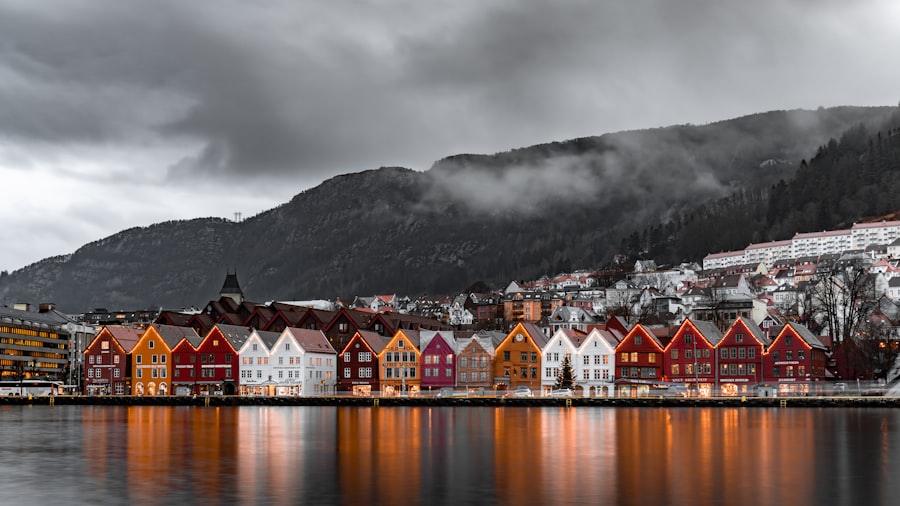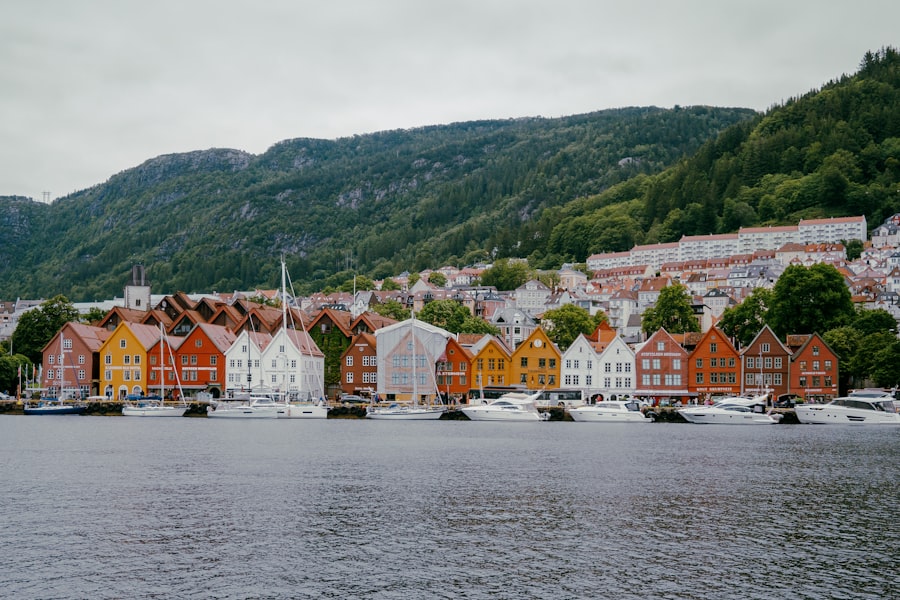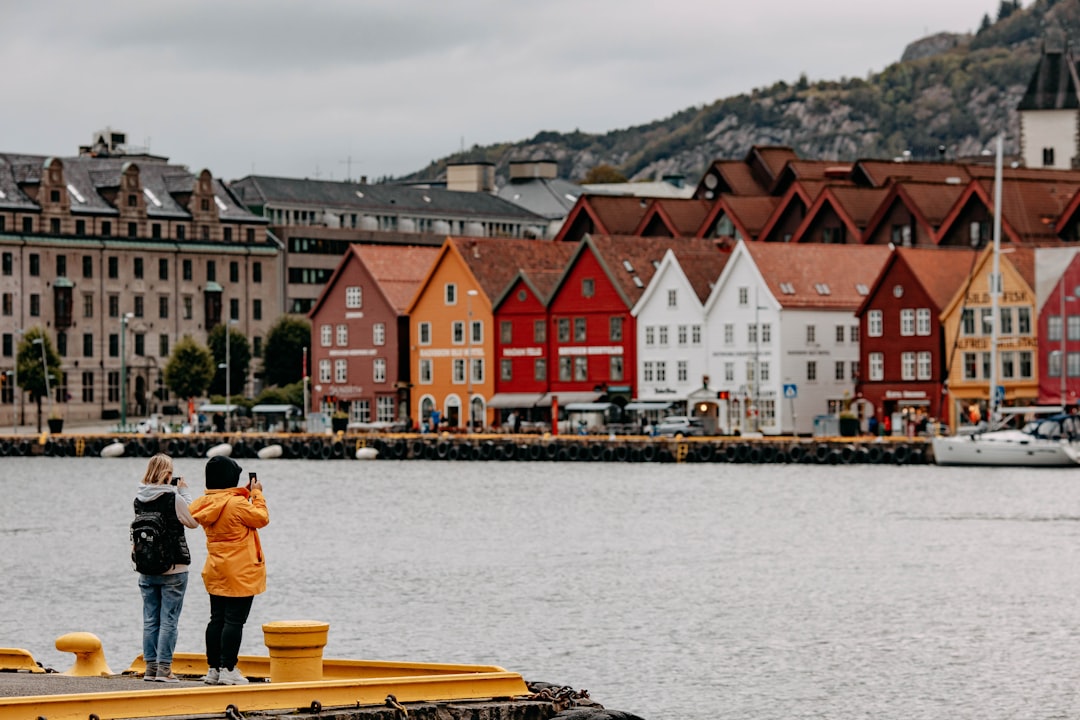Vinterferie, or winter holiday, is a cherished tradition in Norway that encapsulates the essence of the season. This period typically occurs in February and serves as a much-needed break for students and families alike. As the days grow shorter and the snow blankets the landscape, Norwegians embrace this time to unwind, reconnect with loved ones, and partake in various winter activities.
The allure of Vinterferie lies not only in the opportunity to escape the rigours of daily life but also in the chance to immerse oneself in the rich cultural tapestry that defines Norway during this enchanting season. The significance of Vinterferie extends beyond mere leisure; it is a time for families to come together, share experiences, and create lasting memories. Whether it’s skiing down the slopes, enjoying a warm cup of cocoa by the fire, or participating in local festivities, Vinterferie offers a unique blend of relaxation and adventure.
As we delve deeper into the history, traditions, and modern-day celebrations associated with this winter holiday, we will uncover the many ways in which Norwegians honour this special time of year. Your journey to a smooth relocation starts here. Talk one-on-one with a Norway Relocation specialist and turn your plan into a reality.
Summary
- Vinterferie is a traditional winter holiday in Norway, also known as winter break or winter holiday.
- Vinterferie has its origins in the agricultural calendar and was a time for families to take a break from work and spend time together.
- Traditions during Vinterferie include outdoor activities such as skiing, snowboarding, and ice fishing, as well as indoor activities like board games and storytelling.
- Popular destinations for Vinterferie include ski resorts in the mountains, coastal towns for winter sea activities, and cultural cities for indoor events and exhibitions.
- Traditional Vinterferie cuisine includes hearty and warming dishes such as fårikål (lamb and cabbage stew) and riskrem (rice pudding with raspberry sauce).
History and Origins of Vinterferie
The origins of Vinterferie can be traced back to Norway’s agrarian roots, where the winter months were traditionally a time for rest and reflection. In earlier centuries, the harshness of winter meant that agricultural activities came to a halt, allowing families to gather indoors and engage in communal activities. This period of respite eventually evolved into a formal holiday, providing an opportunity for families to bond and celebrate their heritage.
As Norway transitioned into a more urbanised society, the concept of Vinterferie adapted to reflect contemporary lifestyles. Schools began to incorporate this winter break into their academic calendars, recognising the importance of mental health and family time during the long winter months. Today, Vinterferie is not only a time for relaxation but also an occasion for cultural expression, as communities come together to celebrate their shared history and traditions.
Traditions and Customs during Vinterferie

During Vinterferie, various traditions and customs come to life, showcasing Norway’s rich cultural heritage. One of the most prominent customs is the practice of gathering around the fireplace, where families share stories and enjoy traditional foods. This intimate setting fosters a sense of togetherness and warmth, allowing individuals to reconnect with their roots while embracing the spirit of the season.
Another cherished tradition is the celebration of outdoor activities. Norwegians take full advantage of their stunning natural landscapes during Vinterferie, engaging in skiing, snowboarding, and sledding. These activities not only promote physical well-being but also encourage families to bond over shared experiences in nature.
Additionally, many communities organise local events such as winter festivals and markets, where residents can come together to celebrate their culture through music, dance, and art.
Popular Destinations for Vinterferie
Norway boasts a plethora of breathtaking destinations that are perfect for Vinterferie. One of the most popular spots is Lillehammer, renowned for its world-class ski resorts and picturesque scenery. The town gained international fame as the host of the 1994 Winter Olympics and continues to attract visitors seeking both adventure and relaxation.
With its charming streets lined with wooden houses and a vibrant après-ski scene, Lillehammer offers an ideal setting for families looking to make the most of their winter holiday. Another favourite destination is Geilo, a quaint village nestled between two national parks. Geilo is celebrated for its extensive network of ski slopes and cross-country trails, making it a haven for winter sports enthusiasts.
The village also hosts various events during Vinterferie, including traditional Norwegian music performances and local craft fairs. For those seeking a more tranquil experience, the stunning fjords of western Norway provide a breathtaking backdrop for winter hikes and scenic boat tours.
Activities and Events during Vinterferie
Vinterferie is synonymous with a wide array of activities that cater to all ages and interests. Skiing remains at the forefront of winter sports in Norway, with countless resorts offering slopes suitable for beginners and seasoned skiers alike. Families often take advantage of ski schools that provide lessons for children, ensuring that everyone can partake in the excitement of gliding down snow-covered hills.
In addition to skiing, many communities organise events that celebrate local culture during Vinterferie. These may include traditional folk dances, craft workshops, and storytelling sessions that highlight Norway’s rich folklore. Such events not only entertain but also educate participants about their cultural heritage, fostering a sense of pride and belonging within the community.
Food and Cuisine during Vinterferie

Food plays an integral role in Vinterferie celebrations, with traditional Norwegian dishes taking centre stage during this festive period. Hearty meals are often prepared to warm both body and soul against the cold winter chill. One popular dish is “rakfisk,” which consists of fermented fish served with flatbread and sour cream—a delicacy that showcases Norway’s unique culinary traditions.
Another beloved winter dish is “klippfisk,” or dried cod, which is often served with potatoes and vegetables. Families gather around the table to enjoy these comforting meals while sharing stories and laughter. Additionally, sweet treats such as “koldtbord” (a buffet-style spread) featuring various pastries and cakes are commonly enjoyed during Vinterferie gatherings, adding a festive touch to the culinary experience.
Vinterferie in the Modern Day
In contemporary Norway, Vinterferie has evolved into a multifaceted celebration that embraces both tradition and modernity. While many families continue to uphold age-old customs, there is also a growing trend towards incorporating new experiences into their winter holidays. For instance, some families opt for winter wellness retreats that focus on relaxation and rejuvenation amidst nature’s beauty.
Moreover, technology has played a significant role in shaping how people celebrate Vinterferie today. Social media platforms allow families to share their experiences with friends and loved ones far away, fostering connections even when physically apart. This blend of tradition and modernity ensures that Vinterferie remains relevant while still honouring its historical roots.
Family and Community Celebrations during Vinterferie
Family gatherings are at the heart of Vinterferie celebrations, as relatives come together to strengthen bonds and create cherished memories. Many families take this opportunity to embark on trips to ski resorts or cosy cabins in the mountains, where they can enjoy quality time away from their daily routines. These shared experiences often become treasured stories passed down through generations.
Community celebrations also play a vital role during Vinterferie. Local towns organise events that bring residents together for festivities such as winter markets, ice skating competitions, and bonfires under the starry sky. These gatherings foster a sense of belonging and camaraderie among community members while celebrating their shared heritage through music, dance, and art.
Cultural Significance of Vinterferie
The cultural significance of Vinterferie extends beyond mere leisure; it serves as a reminder of Norway’s deep-rooted traditions and values. This holiday encapsulates the spirit of togetherness that characterises Norwegian society, emphasising the importance of family bonds and community connections. As people gather around firesides or partake in outdoor activities, they reinforce their ties to one another while honouring their cultural heritage.
Furthermore, Vinterferie provides an opportunity for individuals to reflect on their identity as Norwegians. The customs associated with this holiday—whether it be traditional foods or winter sports—serve as expressions of national pride that connect people to their history. In this way, Vinterferie becomes not just a holiday but a celebration of what it means to be part of Norwegian culture.
Vinterferie in Different Regions of Norway
While Vinterferie is celebrated nationwide, different regions of Norway showcase unique customs and traditions that reflect their local cultures. In northern Norway, for instance, communities often celebrate with traditional Sami practices that include reindeer herding demonstrations and storytelling sessions about indigenous folklore. This cultural exchange enriches the overall experience of Vinterferie by highlighting Norway’s diverse heritage.
In contrast, southern regions may focus more on winter sports events or local food festivals that showcase regional delicacies. Each area brings its own flavour to Vinterferie celebrations, allowing visitors to experience the rich tapestry of Norwegian culture while enjoying the beauty of winter landscapes.
Tips for Planning a Vinterferie Holiday
Planning a successful Vinterferie holiday requires careful consideration to ensure an enjoyable experience for all involved. First and foremost, it is essential to book accommodations well in advance, especially if you plan to visit popular ski resorts or tourist destinations during peak times. This will help secure your preferred lodging options while avoiding last-minute stress.
Additionally, consider incorporating both traditional activities and modern experiences into your itinerary. While skiing or snowboarding may be at the forefront of your plans, don’t forget to explore local events or culinary experiences that showcase Norwegian culture during this festive season. Lastly, ensure you pack appropriately for winter weather—layering clothing is key to staying warm while enjoying outdoor activities.
For those considering relocating to Norway or immersing themselves further into Norwegian culture during this festive season, the Norway Relocation Group can provide invaluable assistance in navigating your move or transition smoothly. Their expertise can help you settle into your new environment seamlessly while ensuring you have access to local resources that enhance your experience. As you embrace your new life in Norway or deepen your understanding of its culture through language courses at institutions like NLS Norwegian Language School in Oslo, you will find that learning Norwegian not only enriches your personal journey but also allows you to connect more meaningfully with locals during celebrations like Vinterferie.
Engaging with the language will open doors to deeper cultural insights and foster relationships within your community as you partake in this beloved holiday tradition alongside your new friends and neighbours.
Register for a Norwegian class at the NLS Norwegian Language School now!

